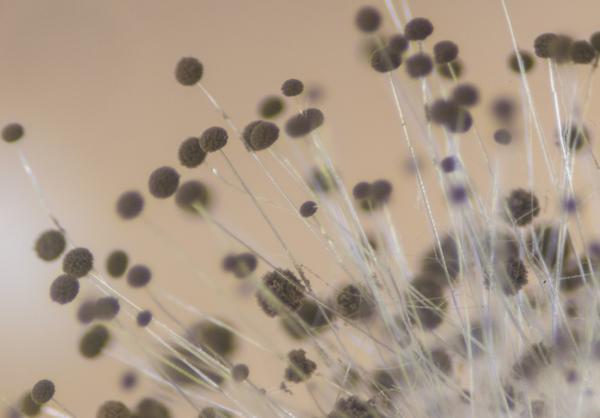
Now that we are in the midst of Monsoon season, which for you newbie Arizonians is June to September, when the humidity rises and we can see thunderstorms, flash floods, dust storms, windy days, and extreme heat, it is also Valley Fever “season”. That is, it is the most common (but not only) time of year that patients tend to contract Valley Fever.
Valley Fever, known as Coccidioidomycosis, is an infection caused by inhaling spores from the fungus Coccidiodes. We are right in the middle of the area in the United States where this fungus is found, the southwestern United States as well as parts of Mexico and South America. Most people the breathe in the spores do no become ill. However, patients with chronic illnesses such as cancer, diabetes, are pregnant, and my beloved primary immunodeficiency patients as well as patients taking immunosuppressants such as chemotherapy and steroids like prednisone have an increased risk of becoming ill and tend to have a longer, harder course of Valley fever.
Symptoms typically arise 5-20 days after inhaling the fungal spores and usually last a few weeks to months. In most cases, it will come and go and you may not even realize you had it. However, about 5-10% of patients develop a very severe infection and need help overcoming it and about 1% the infections spreads to other areas of the body, such as the skins, bones, joints, or causes meningitis.
How common is Valley Fever?
Here in the Valley, it accounts for 15-30% of community-acquired pneumonia. This is why when a patient thinks to ask me for a test, my answer is always “yes.” It is very underrecognized because most patients do improve uneventfully.
How can Valley Fever be prevented?
This can be very challenging and may not be entirely possible as the spores are easily inhaled. However, there are habits that can reduce your risk of Valley Fever.
How is Valley Fever treated?
Usually, no treatment is necessary. However, in more severe cases, antifungal treatment is needed. Because the typical course is 3-6 months and antifungals can have many side effects, treatment should be medically supervised.
If you would like to be tested for your allergies or asthma or believe you might be a good candidate for allergy shots, Dr. Wendt and the staff at Relieve Allergy, Asthma & Hives would love to help.
Dr. Wendt is a nationally recognized, board-certified Allergist-Immunologist and a best-selling author of What’s Eating Our Kids? A Parent’s Guide to Food Allergy, Intolerance, and Toxicity
Relieve Allergy Asthma & Hives is located near Kierland Commons, Scottsdale Quarter, DC Ranch and Grayhawk at 21803 N. Scottsdale Road Ste. 200, on the corners of Deer Valley and Scottsdale Roads, and has convenient evening and early morning hours to accommodate your schedule.
Dr. Wendt is also available for telemedicine appointments as appropriate. Insurance plans accepted. Call 480-500-1902 today to schedule an appointment now and begin your allergy testing and treatment with Dr. Wendt at Relieve Allergy, Asthma & Hives in Scottsdale, Arizona.
Learn more about Dr. Wendt and Relieve Allergy Asthma & Hives at www.relieveallergyaz.com and FOLLOW US on Instagram, Twitter, Facebook and Linked In.
Subscribe to our new YouTube channel or TikTok site for demonstrations on proper use of allergy and asthma devices, video education, and Dr. Wendt’s news interviews.
Share this post. Choose your platform:
Search Blog & Pages
Recent Posts


